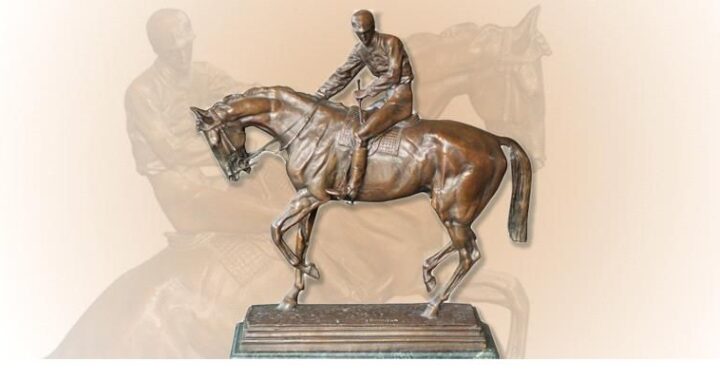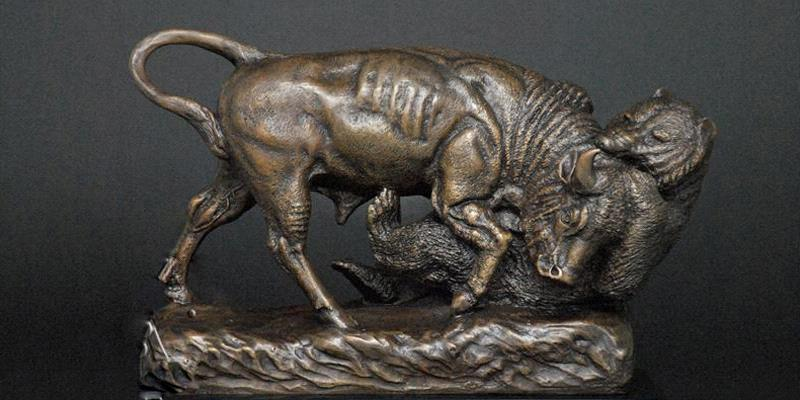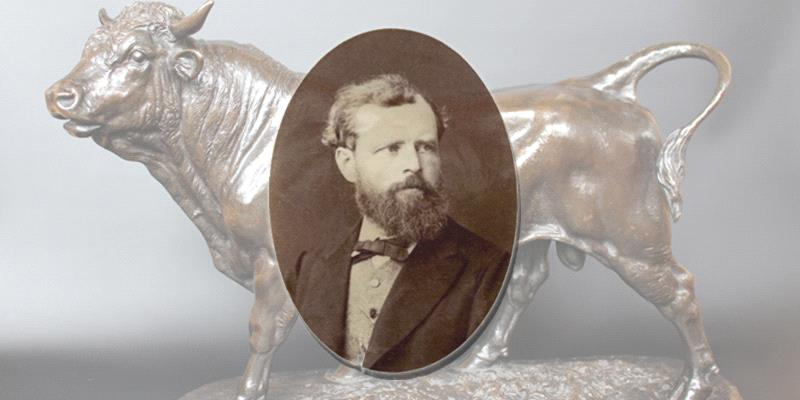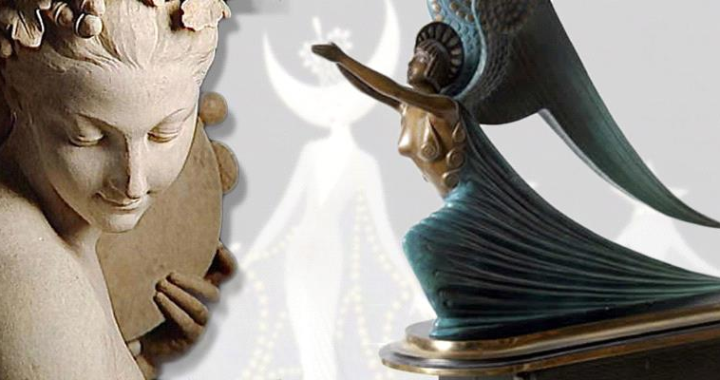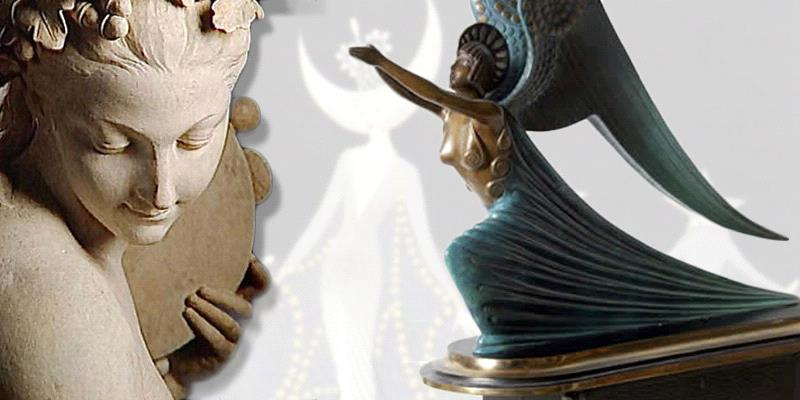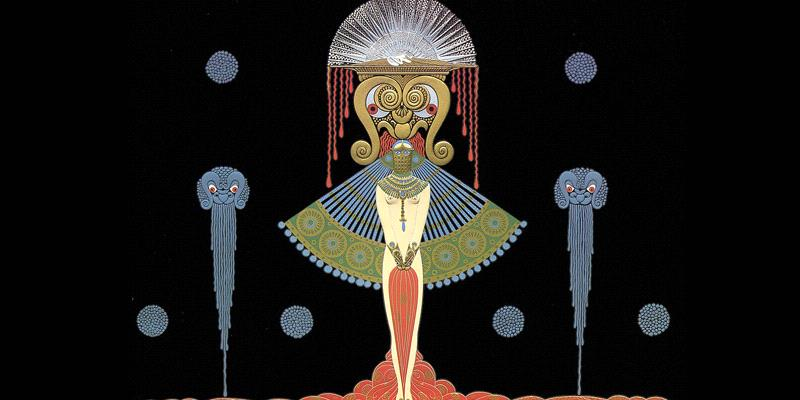When it comes to Salvador Dali artwork, chances are you are most familiar with his surreal pieces. Dali was extremely famous for his dreamlike landscapes, such as is seen in The Persistence of Memory, commonly called “the melting clocks,” or his Ship with Butterfly Sails. His paintings have the ability to transport viewers from an ordinary world to a far more intriguing one usually not seen outside of your subconscious in the dead of night. However, while we all love his paintings, not as many know about his bronze arts. Salvador Dali sculptures are just as magnificent in a whole different light as his work with a brush.

Salvador Dali’s Bronze Sculptures are Continuously Sought After
Like many of his paintings, Salvador Dali’s famous sculptures can carry a viewer away. While some of his pieces are more basic, such as his Man with a Butterfly, which depicts a nude man holding a butterfly on the end of what appears to be a stick, they have a much deeper meaning. This piece, for example, carries the deeper message of the man leaving this world to move to a different physical plane in which he can live freely and happily. Others, though, are surrealist arts through and through. For example, there are a wide range of different clocks that appear to be melting, much like we saw within the Persistence of Memory. In fact, there is a sculpture based off the painting with the same name. Other clocks include Persistence of Time and Nobility of Time. Dali went through various phases when working on his bronze sculptures, each with a different name, theme, style, and deeper meaning.
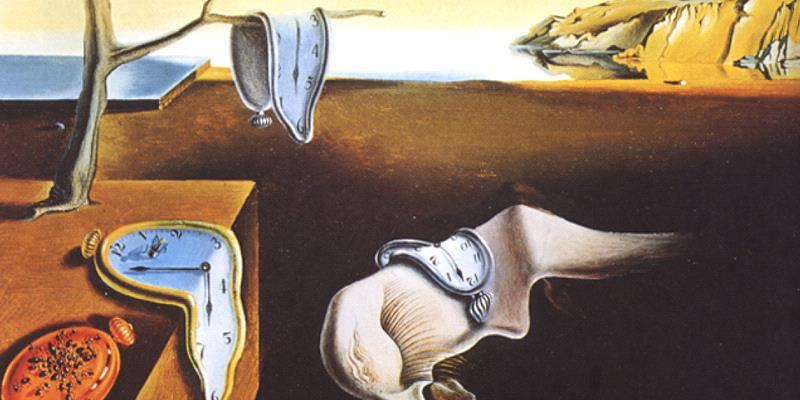
Dali’s Art Collections
Dali has a great number of fantastic quality bronze sculptures and they can be divided into two main categories- museum size and monument size. Each collection has 29 pieces and 15 pieces respectively. These were, for the most part, created using the same lost wax method that has transcended through the years as this art style has progressed.

• Museum Size
Museum size sculptures are some of his more famous works. These are exactly what they sound like. These pieces are medium sized pieces that travel to different museums along with different exhibits. They have been viewed by more than 10 million people worldwide and provide a large emotional impact. These pieces are primarily based on items that were prominent throughout Dali’s life, particularly in childhood, and became icons throughout his work. Some of his museum pieces that you may recognize include Adam and Eve, Danilian Dancer, and Dance of Time I, II, and III. Clocks are still prominent, as well as surreal views of people, animals, and landscapes.
• Monument Size
Dali’s monument sized collection also travels the world and has been moving around since 1989. These pieces have been showcased in Rome, Hong Kong, London, Sydney, Singapore, and countless other important or tourist heavy cities. Some of these share names and images with museum sized pieces, such as Dance of Time II and Persistence of Memory. Others, though, are exclusively large-scale outdoor statues, such as Woman Aflame and Saint George and the Dragon. These timeless pieces bring in tourists and business for the companies surrounding the pieces, but also reveal a transcendent emotional value as with any classic art piece.


